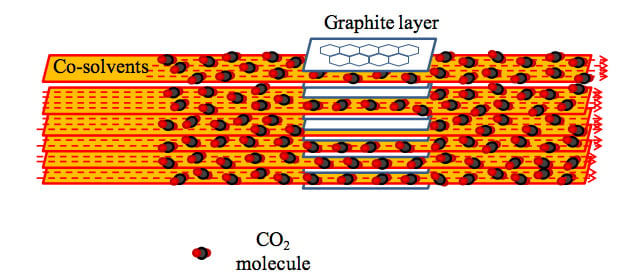I installed and tested the FIB manipulator this morning. It all seems to be working correctly.
I can begin taking samples for the TEM now.
I installed and tested the FIB manipulator this morning. It all seems to be working correctly.
I can begin taking samples for the TEM now.
I’m installing a part on the micromanipulator with phone help from the manufacturer. The FIB will be offline for a couple of days. I’ll let you know when we are up again.
We have removed all of the paper logs from Sample Prep Room 637.
You will now need to record instrument and liquid nitrogen use in the Computer on the table when you come in. There are instructions on how to use the computer log next to the keyboard.
The following needs the use to be logged:
All Instruments (except Liquid Nitrogen), must be both Logged In AND Logged Out. Forgetting to logout of the instrument can cause issues with the program.
If you have any questions or come across issues with the logging program, feel free to let us know.

Supercritical carbon dioxide is used to exfoliate graphite, producing a small, several-layer graphitic flake. The supercritical conditions of 2000, 2500, and 3000 psi and temperatures of 40°, 50°, and 60°C, have been used to study the effect of critical density on the sizes and zeta potentials of the treated flakes. Photon Correlation Spectroscopy (PCS), Brunauer-Emmett-Teller (BET) surface area measurement, field emission scanning electron microscopy (FE-SEM), and atomic force microscopy (AFM) are used to observe the features of the flakes.
Wattanaprayoon, Chaiyaporn, “Graphite exfoliation by supercritical carbon dioxide extraction”, Master’s Thesis, Michigan Technological University, 2011.
We will be making the final switch to using the Computer Log System in the Sample Prep Room 637 by this Friday (Feb 22nd 2019).
We will be removing all of the paper logs and you will need to record instrument and liquid nitrogen use in the Computer on the table when you come in.
There will be reminder signs placed on the instruments and instructions on how to use the computer log next to the keyboard.
If you have any questions, feel free to let us know.
The FESEM is ready to use. I just took a sharp image at 150kX. Let me know if you have any problems.
I installed the new pump this morning and the system pumped down as expected. Around lunchtime it will achieve adequate vacuum level to be used. I will check it at noon and send you another message to say all clear to use it.
Unfortunately, the problem I have been working on this week, a bad vacuum pump, is not the problem that causes the vacuum panel to shut down intermittently. There is a chance that the panel will shut down again. I am still working with the manufacturer engineer to solve that problem.
Look for my message during the lunch hour today.
The vacuum pump is coming today and I should be able to get the FESEM back online. I’ll let you know later today if that is true.
The vacuum pump we expected to arrive today won’t be here until (hopefully!) tomorrow. So the FESEM will be down for another day.
I’ll update you as I have more information.
A vacuum pump has failed so the microscope cannot be used until it is replaced. The new pump will be here tomorrow and I should be able to get the microscope back online then.
The FESEM cannot be used!
Look for updates.